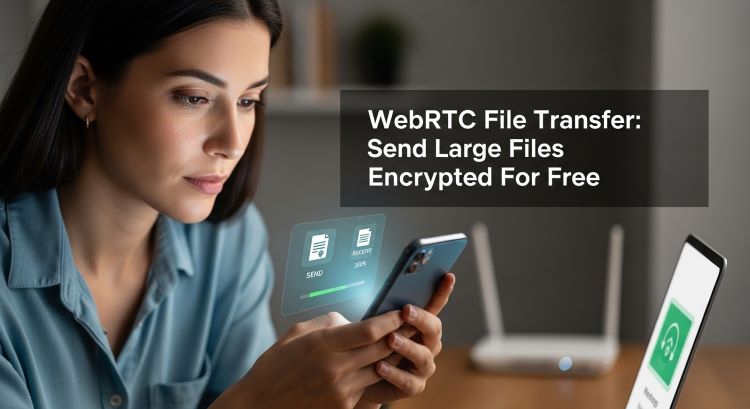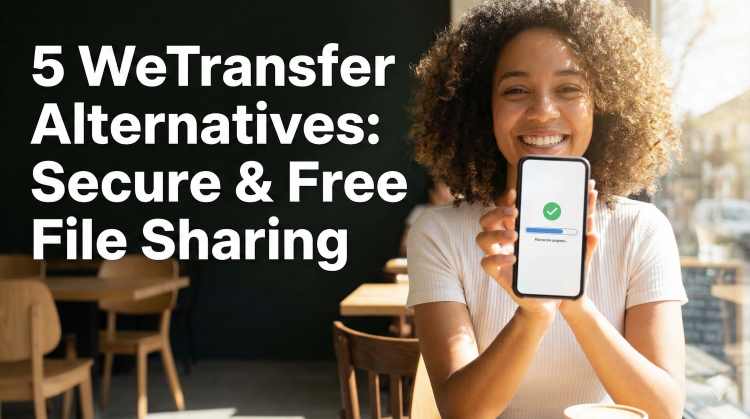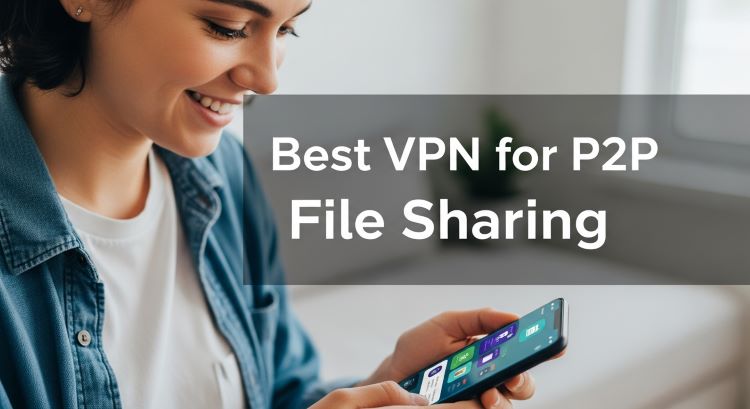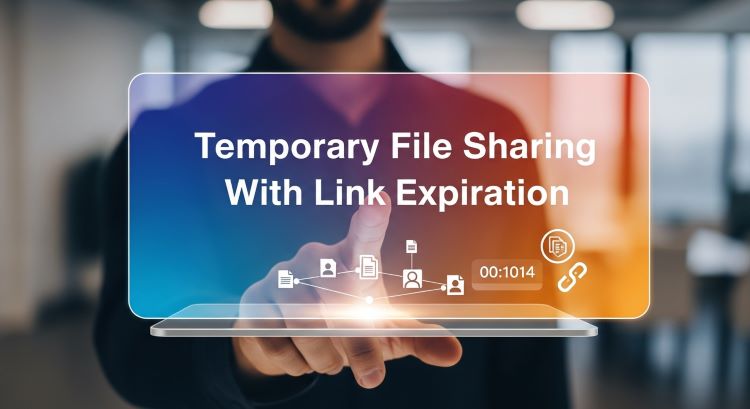WebRTC File Transfer: Send Large Files Encrypted For Free

WebRTC File Transfer: Send Large Files Encrypted For Free
Did you know that nearly 60% of data breaches involve sensitive files being sent insecurely? In an age where data privacy is paramount, sending large files safely and securely is a growing concern. Forget cumbersome email attachments with size restrictions. Forget the risks associated with cloud storage solutions that demand accounts and potentially snoop on your data. There’s a better way: webrtc file transfer.
This article provides a deep dive into how webrtc file transfer empowers you to send files of virtually any size, encrypted end-to-end, without ever needing to create an account or surrender your personal data. We'll explore the technology behind this powerful tool and show you how it can revolutionize the way you share information.
Background: Why Secure File Sharing Matters
In the modern world, digital files are the lifeblood of communication and collaboration. We share documents, images, videos, and more, constantly. However, this ease of sharing often comes at a cost: security vulnerabilities. Traditional methods, such as email, are notoriously insecure, especially when dealing with large files. Cloud storage services, while convenient, require trust in a third party and expose your data to potential breaches and privacy violations. The need for secure and private file sharing has never been greater.
Consider these scenarios:
- A lawyer needs to send confidential client documents to a colleague.
- A photographer wants to share high-resolution images with a client without compromising ownership.
- A medical professional must transmit sensitive patient records to another specialist.
In each case, the consequences of a data breach could be severe. Loss of client trust, legal repercussions, and reputational damage are just a few of the risks. That’s where secure webrtc file transfer enters the picture.
The Problem: Insecure File Sharing Methods
The traditional methods of file sharing are fraught with problems. Let's break down some of the most common pitfalls:
- Email: Email attachments are typically limited in size, making them unsuitable for large files. Moreover, email is inherently insecure, as messages are often transmitted in plain text, leaving them vulnerable to interception.
- Cloud Storage Services: While convenient, these services require you to upload your files to a third-party server. This means you're relinquishing control of your data and trusting the provider to protect it. Data breaches at cloud storage providers are frequent, and the terms of service often grant them broad access to your files.
- File Transfer Protocol (FTP): FTP is an older protocol that lacks built-in encryption, making it susceptible to eavesdropping. While SFTP (Secure FTP) addresses this issue, it can be complex to configure and manage.
- Physical Media: Transferring files via USB drives or other physical media is cumbersome, slow, and presents a significant security risk if the drive is lost or stolen.
These methods often lack end-to-end encryption, meaning your files are vulnerable at multiple points during the transfer process. They often require accounts, creating a trail of metadata that can be used to track your activity. They simply weren’t designed with privacy as a core principle.
Technical Deep Dive: How WebRTC File Transfer Works
WebRTC file transfer offers a secure, peer-to-peer alternative to these traditional methods. Let's explore how it works under the hood.
What is WebRTC?
WebRTC (Web Real-Time Communication) is an open-source project that enables real-time audio, video, and data communication between web browsers and mobile applications. It's the technology that powers many video conferencing and online gaming platforms. Crucially for our purposes, it also supports direct file transfer between peers.
Peer-to-Peer Connection
The key advantage of webrtc file transfer is its peer-to-peer nature. Instead of uploading your files to a central server, you connect directly to the recipient's device. This eliminates the need for a middleman and reduces the risk of interception. The transfer happens directly between your computer and the recipient's, cutting out the vulnerable "man-in-the-middle".
Signaling
While WebRTC establishes a direct connection, it still requires a signaling process to initiate the connection. This involves exchanging metadata, such as IP addresses and port numbers, between the peers. The signaling process itself can be implemented using various protocols, such as WebSocket or HTTP. PrivatelyShare utilizes secure signaling channels to ensure that even the connection setup is protected.
STUN and TURN Servers
In many cases, direct peer-to-peer connections are not possible due to network address translation (NAT) firewalls. To overcome this, WebRTC uses STUN (Session Traversal Utilities for NAT) and TURN (Traversal Using Relays around NAT) servers. STUN servers help peers discover their public IP addresses, while TURN servers act as relays when a direct connection cannot be established. These servers only facilitate the connection; they do not have access to the content of the file being transferred. They are simply tools that help navigate network complexities.
End-to-End Encryption (E2EE)
Security is paramount in webrtc file transfer. The data transmitted between peers is encrypted using strong cryptographic algorithms, such as AES-256. This ensures that even if the data is intercepted, it cannot be decrypted without the correct key. With PrivatelyShare, this encryption happens end-to-end, meaning that only you and the recipient have access to the encryption keys. Even PrivatelyShare's servers cannot decrypt your files.
Data Channels
WebRTC uses data channels to transfer files. These channels provide a reliable and ordered stream of data between peers. The data is broken down into smaller packets, encrypted, and transmitted over the data channel. On the receiving end, the packets are reassembled and decrypted to reconstruct the original file.
Practical Applications and Use Cases
The benefits of webrtc file transfer extend to various scenarios:
- Secure Collaboration: Share sensitive documents with colleagues or clients without worrying about data breaches.
- Large File Transfers: Send high-resolution images, videos, or software packages without email size restrictions.
- Privacy-Focused Sharing: Exchange files with individuals who prioritize privacy and security.
- Account-Free Transfers: Send files to anyone, even if they don't have an account with a particular service.
- Quick and Easy Sharing: Simplify the file-sharing process with intuitive interfaces and direct peer-to-peer connections.
For example, imagine a journalist needing to share sensitive documents with a source located in a country with strict internet censorship. Using webrtc file transfer with PrivatelyShare, they can ensure that the files are transmitted securely and privately, without leaving a trace on any central server.
Another use case is a designer sharing a large video file with a client for review. Instead of uploading it to a public cloud storage service, they can use PrivatelyShare's Direct Transfer feature to send it directly to the client's computer, ensuring confidentiality and control.
PrivatelyShare simplifies this process even further with features like:
- QR Code Sharing: Quickly initiate a transfer by scanning a QR code, eliminating the need to manually enter connection details.
- Access-Based Expiry: Set an expiration date or number of downloads to control how long the file is accessible.
Best Practices for Secure WebRTC File Transfer
While webrtc file transfer provides a secure foundation, following these best practices further enhances your privacy and security:
- Use a Reputable Platform: Choose a platform like PrivatelyShare that prioritizes security and privacy. Look for features like end-to-end encryption, secure signaling channels, and a transparent privacy policy.
- Verify the Recipient: Before initiating a transfer, verify the recipient's identity to prevent sending files to the wrong person.
- Use Strong Passwords: If the platform offers password protection, use a strong and unique password to protect your files.
- Keep Your Software Up-to-Date: Ensure that your web browser and operating system are up-to-date with the latest security patches.
- Be Mindful of Network Security: Avoid using public Wi-Fi networks for sensitive file transfers, as they may be vulnerable to eavesdropping.
For sensitive files, consider using PrivatelyShare's Secure File Share feature, which provides encrypted storage in addition to secure transfer capabilities. This ensures that your files are protected both in transit and at rest.
Future Implications and Trends
The future of file sharing is undoubtedly moving towards greater security and privacy. As awareness of data breaches and privacy violations increases, more individuals and organizations will seek out solutions like webrtc file transfer. We can expect to see further advancements in this technology, including:
- Improved Performance: Ongoing optimizations to WebRTC will result in faster and more efficient file transfers.
- Enhanced Security: New cryptographic algorithms and security protocols will further strengthen the protection of data in transit.
- Seamless Integration: WebRTC file transfer will become more seamlessly integrated into existing applications and workflows.
- Decentralized Solutions: Emerging decentralized technologies may offer even greater levels of privacy and security for file sharing.
The trend towards decentralized and peer-to-peer solutions reflects a growing desire for greater control over personal data. Technologies like WebRTC empower individuals to take ownership of their privacy and security.
Conclusion
WebRTC file transfer represents a significant step forward in secure and private file sharing. By leveraging peer-to-peer connections and end-to-end encryption, it eliminates many of the vulnerabilities associated with traditional methods. Whether you're a professional sharing sensitive documents, a creative sending large media files, or simply someone who values privacy, webrtc file transfer offers a powerful and accessible solution.
Ready to experience truly secure and private file sharing? Try PrivatelyShare today and discover the benefits of encrypted, account-free file transfer with features like QR code sharing and access-based expiry! Visit our Home page to learn more.


